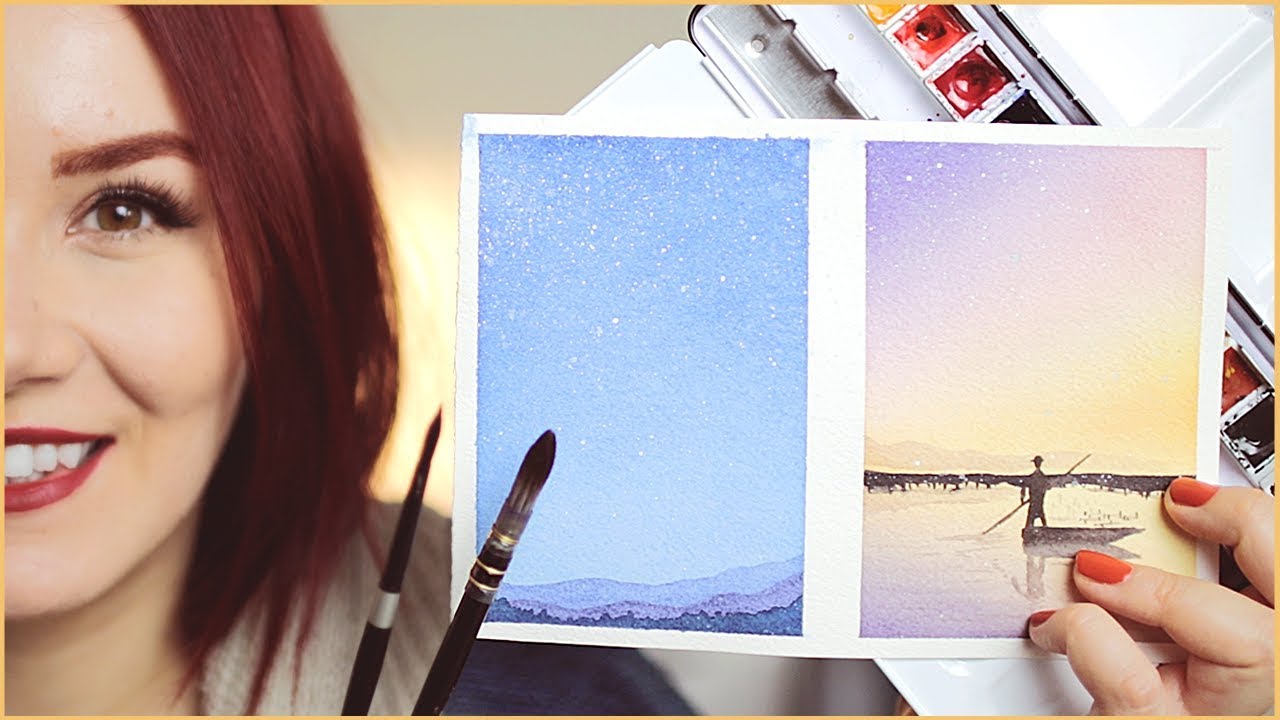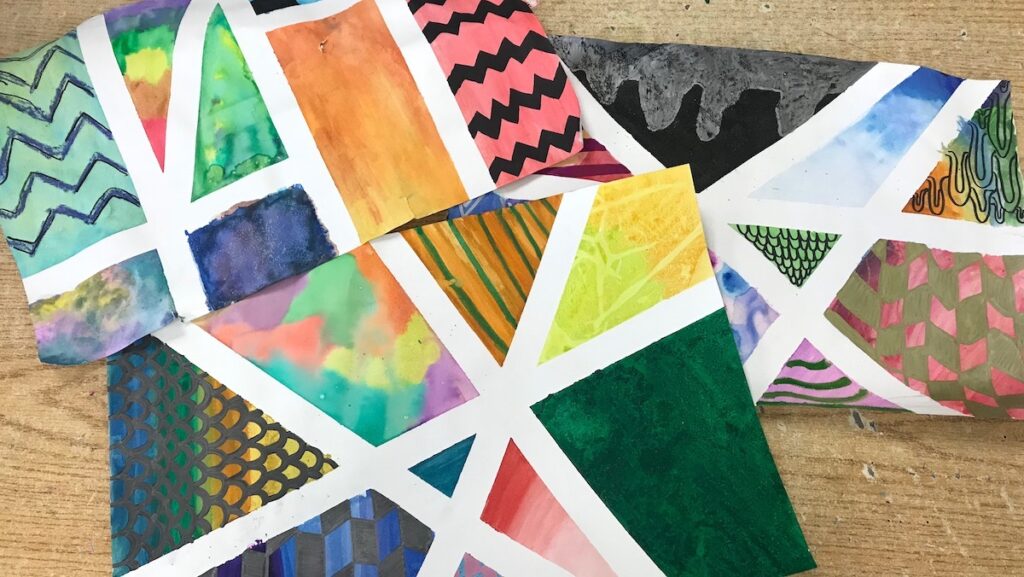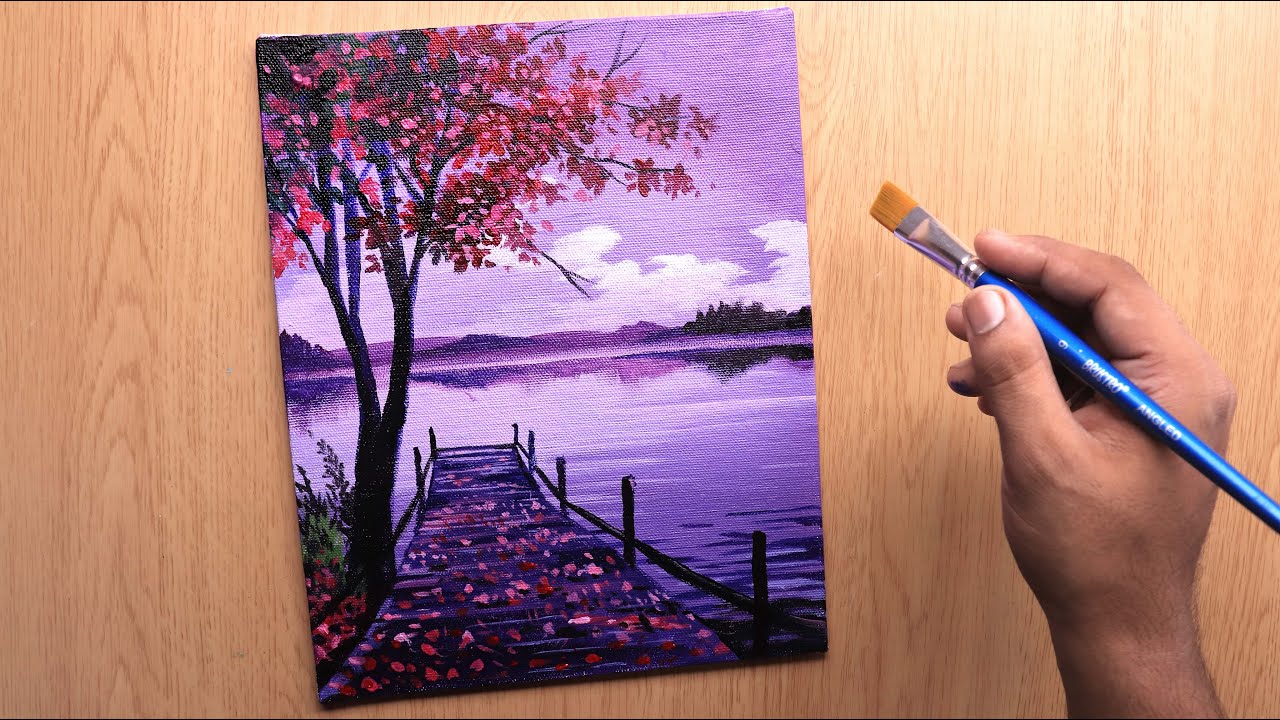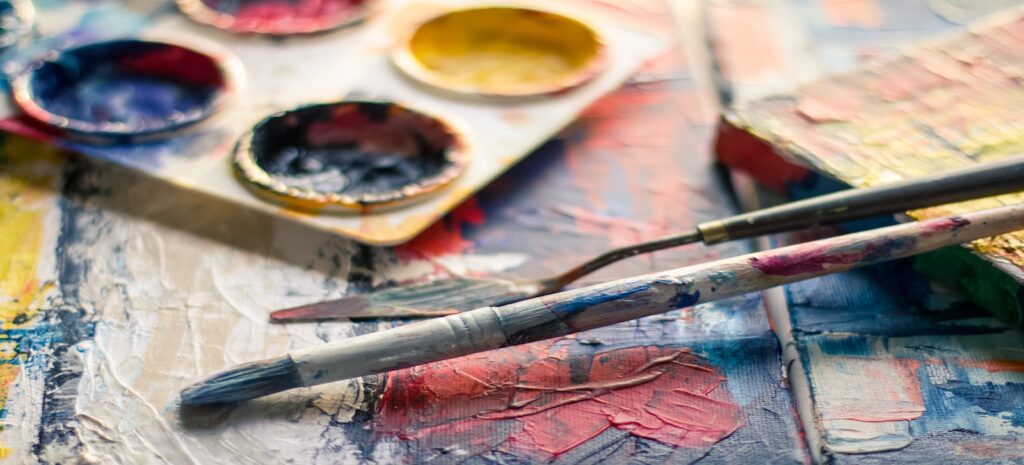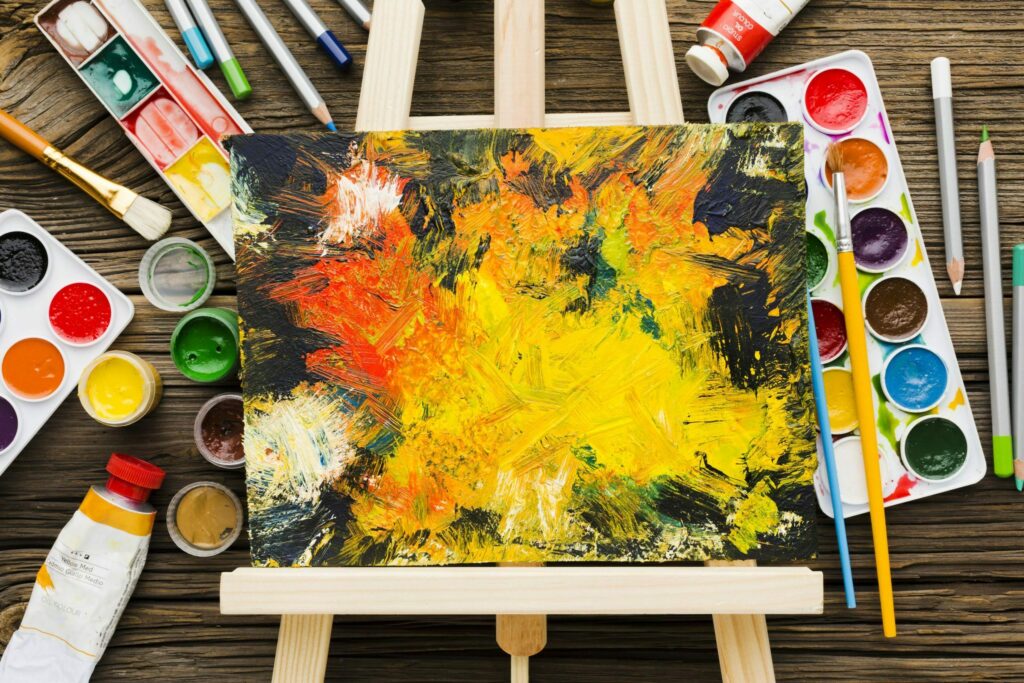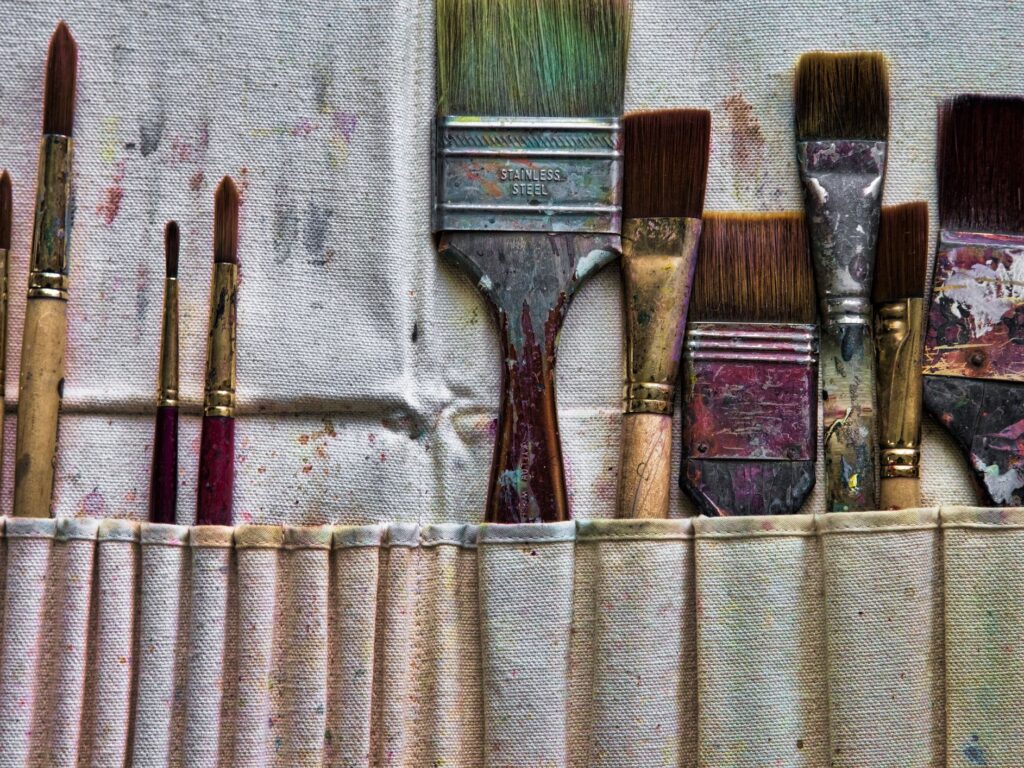Introduction – Why the Right Watercolour Paint Set Matters in 2025
Watercolour painting has never gone out of style, but in 2025, it’s experiencing an exciting resurgence among artists, hobbyists, and students alike. Whether you’re sketching in a travel journal, creating fine art pieces, or experimenting as a beginner, your results depend heavily on the watercolour paint set you choose. With so many options on the market—ranging from budget-friendly starter kits to professional-grade collections—the question is: should you invest in a high-quality set? The short answer: absolutely. A good watercolour kit isn’t just about pretty colours; it’s about pigments, longevity, and the joy of painting without frustration.
What to Look for in a Watercolour Paint Set
Choosing the best watercolour paints isn’t as simple as picking the brightest palette on the shelf. Here are the key factors to consider:
See more: Best Tattoo Shops in Sydney: Where to Get Inked by Top Artists
- Pigment Quality – High-quality paints have richer pigments that give you better vibrancy and control.
- Lightfastness – This measures how resistant colours are to fading over time. If you want your paintings to last, lightfastness is essential.
- Transparency & Blendability – True watercolours allow layering and subtle washes without turning muddy.
- Portability – Pans are compact and easy to carry, while tubes provide more flexibility in mixing large washes.
- Price vs Value – A cheap set may look tempting, but colours can appear dull and wear out quickly. Investing in quality saves you money long term.
Best Watercolour Paint Sets for Beginners
If you’re just starting, you don’t need the most expensive paints, but you do need reliable ones that help you learn without frustration. Here are some excellent beginner watercolour sets for 2025:
- Winsor & Newton Cotman Water Colours
- Affordable, widely available, and great quality for beginners.
- Smooth, consistent pigments that are forgiving while you practice.
- Arteza Watercolour Paint Set (36 Pans)
- Budget-friendly with a wide colour range.
- Comes with a portable tin and brush, perfect for sketchbooks and travel.
- Prismacolor Watercolour Paint Set
- Beginner-friendly but with vibrant colours that don’t look “student grade.”
- Good balance between price and pigment strength.
Best Watercolour Paint Sets for Professionals
For experienced artists, the investment in professional watercolour paints pays off in precision and quality. These sets are well-regarded in 2025:
- Daniel Smith Extra Fine Watercolours
- Known for unmatched pigment richness and lightfastness.
- Includes unique colours like Moonglow and Cascade Green.
- Schmincke Horadam Aquarell Set
- Professional-grade pans with beautiful transparency and excellent rewetting ability.
- Expensive, but worth it for serious artists.
- M. Graham Watercolours
- Honey-based formula keeps paints moist longer.
- Exceptional blending and rich pigment load.
Student vs Professional-Grade Watercolours – Key Differences
The gap between student watercolour sets and professional ones is noticeable:
- Pigment Load – Student-grade often contains more fillers, while professional-grade packs in pure pigment.
- Lightfastness – Pro paints resist fading for decades, while student paints may fade faster.
- Mixing & Transparency – Professionals enjoy smoother blending and clarity.
- Price – Students save money upfront, but may find themselves upgrading sooner.
If you’re painting casually, student-grade is fine. If you’re serious about selling or showcasing your art, professional-grade is worth every penny.
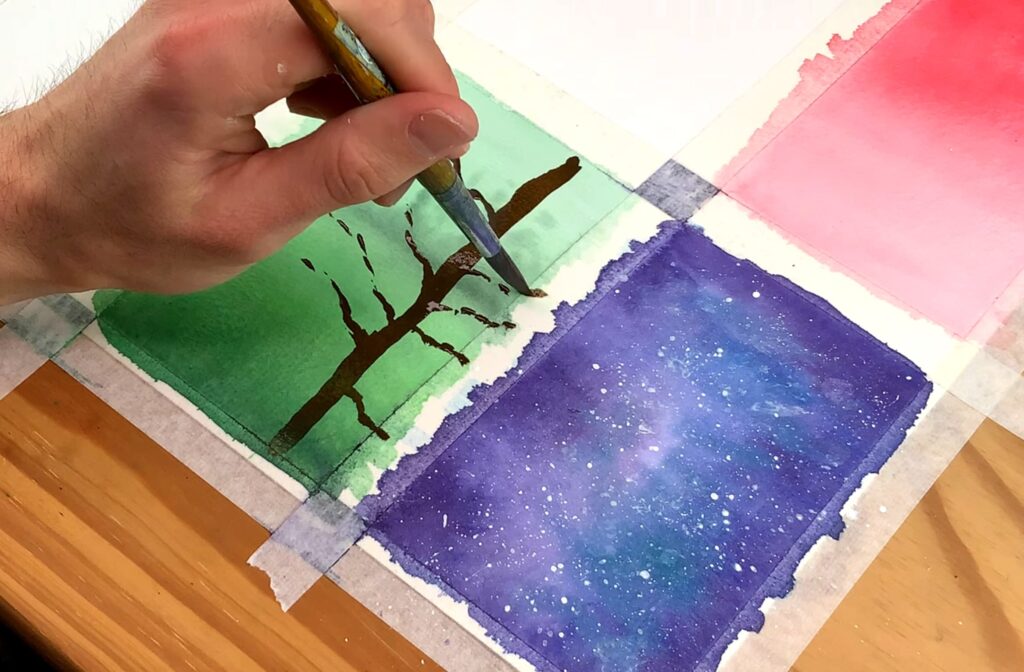
Tubes vs Pans: Which is Better?
The eternal debate: should you use watercolour tubes or pans?
- Tubes – Great for larger works, intense colour mixing, and big washes. They’re ideal if you go through lots of paint.
- Pans – Compact, portable, and perfect for sketching or travel. They’re less messy and last longer for hobbyists.
Many artists actually keep both—pans for convenience and tubes for studio work.
Tips for Getting the Most Out of Your Paint Set
- Invest in Good Brushes – A high-quality brush makes just as much difference as your paint.
- Use Proper Paper – Regular paper will buckle; use watercolour paper for best results.
- Practice Layering – Build depth with multiple transparent washes instead of one heavy stroke.
- Keep Your Palette Clean – Muddy colours often come from mixing on a dirty palette.
- Experiment – Don’t be afraid to try unconventional colours or new techniques.
FAQs about Watercolour Paint Sets in 2025
Q: Are expensive watercolour paints really worth it?
Yes—higher-quality pigments mean better colours, longer-lasting artwork, and less frustration.
Q: Can beginners use professional-grade watercolours?
Absolutely. While they’re pricier, they can make learning easier since the colours behave predictably.
Q: What’s the difference between a watercolour kit and a paint set?
A kit often includes extras like brushes and paper, while a set is just the paints.
Q: Do watercolours expire?
No, but tubes may dry out if left uncapped. Pans last virtually forever.
Conclusion – Unlock Your Creativity with the Right Watercolour Paint Set
In 2025, there’s never been a better time to explore watercolours. From beginner watercolour sets that make learning fun to professional watercolour paints that deliver museum-quality results, the right choice can transform your artistic journey. Whether you prefer tubes or pans, investing in a high-quality watercolour paint set is the key to unlocking vibrant, long-lasting, and expressive art.
So, grab your favourite set, a good brush, and a sheet of watercolour paper—and let your creativity flow.


